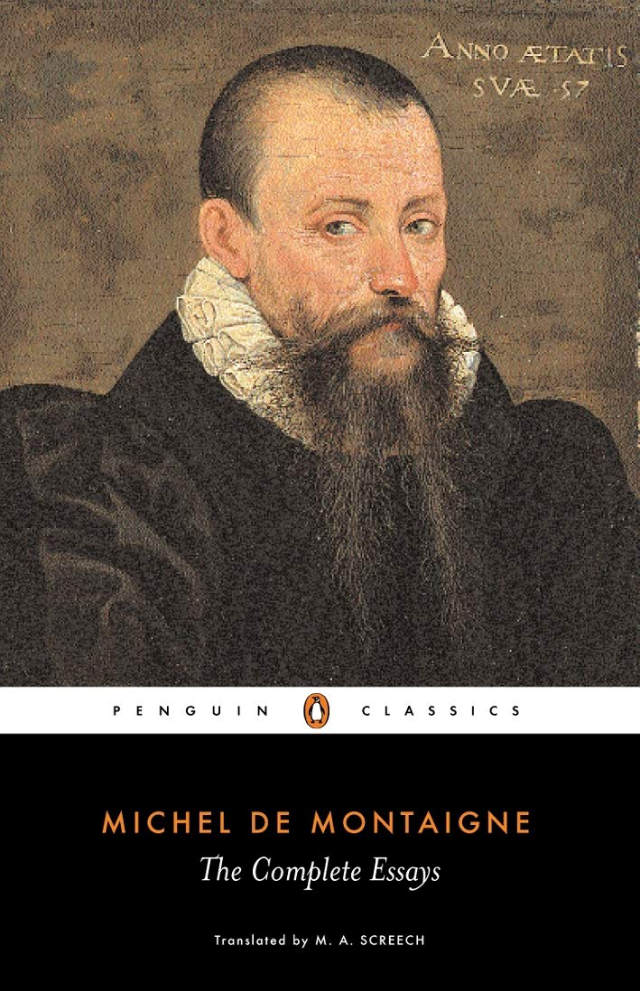- 1580
- 1588
- 1595
- Hide layers
The Essays of Michel de Montaigne Online
Four Biographies of Montaigne
And Two Translations of the Essays
For some of Montaigne’s contemporaries and some readers of his book in the centuries following its publication, the author of the Essays had shared too much of himself. He had written about his private life in ways a gentleman should not, presenting himself as an ordinary man and openly discussing his body, sexuality, fears, and flaws.
Of course, his unconventional attempt at an honest self-portrait was also what made the Essays such a new and compelling kind of book. It contributed to making it a classic.
Yet, if it weren’t for the Essays, Montaigne would likely be unknown to most of us. He was, after all, an unremarkable magistrate and a minor country aristocrat with limited involvement in national affairs. Only some of his letters survived and few official documents — reports for and from the Parlement of Bordeaux, some family papers, other miscellany — bear his name. His travel journal to Italy lay unread in a chest for nearly two hundred years.
Yet, from these sources and the Essays, historians, literary scholars, and others have been able to construct their own portraits of Montaigne. They have emphasized aspects of his life that drew them to him and offered their own interpretations of the stories Montaigne told about himself. We have selected four biographies — each very different but all accessible — to provide context and perspective on the life of the author of the Essays.

A livevy portrait
In How to Live: Or A Life of Montaigne in One Question and Twenty Attempts at an Answer (Other Press, 2011, 416 pages), Sarah Bakewell presents the main episodes of Montaigne’s life thematically, as answers to the book’s title question. She relates these episodes to their historical context and connects them to an accessible analysis of his work. Chapter after chapter, Bakewell paints a lively and human portrait of him, adeptly explaining how the Essays were composed, received, and their significance in Montaigne’s life. This biography, which deservedly became a bestseller, is thorough without being overwhelming, engaging without being superficial, and easy to read without being boring or ever dumbing things down.
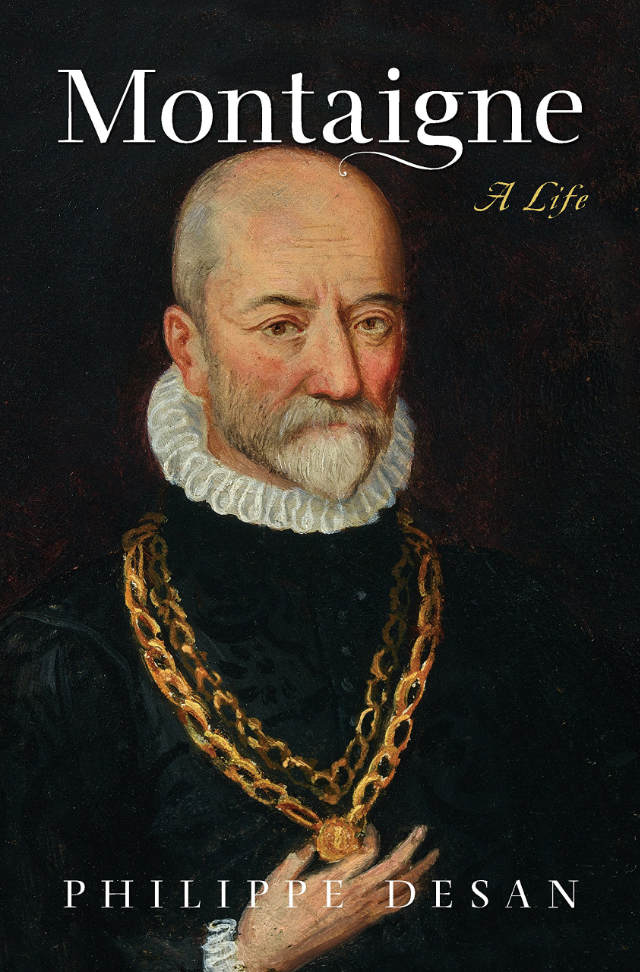
A historical and political biography
Philippe Desan’s Montaigne: A Life (Princeton University Press, 2019, 832 pages, translated by Steven Rendall and Lisa Neal) is, as its subtitle in French (Une biographie politique) originally indicated, a political biography of the author of the Essays. In particular, it shows how Montaigne’s decision to write and publish, as well as the many choices he made in connection with this decision (timing, topics, dedications, etc.), are connected to the political situation of late sixteenth-century France and to the role that he saw himself playing in it. This detailed biography, written by one of the world’s foremost experts on Montaigne, is the longest of the books in our selection and is best suited to those primarily interested in understanding Montaigne as a product of his time and a historical figure himself — albeit a minor one — rather than as an essayist or a philosopher first.
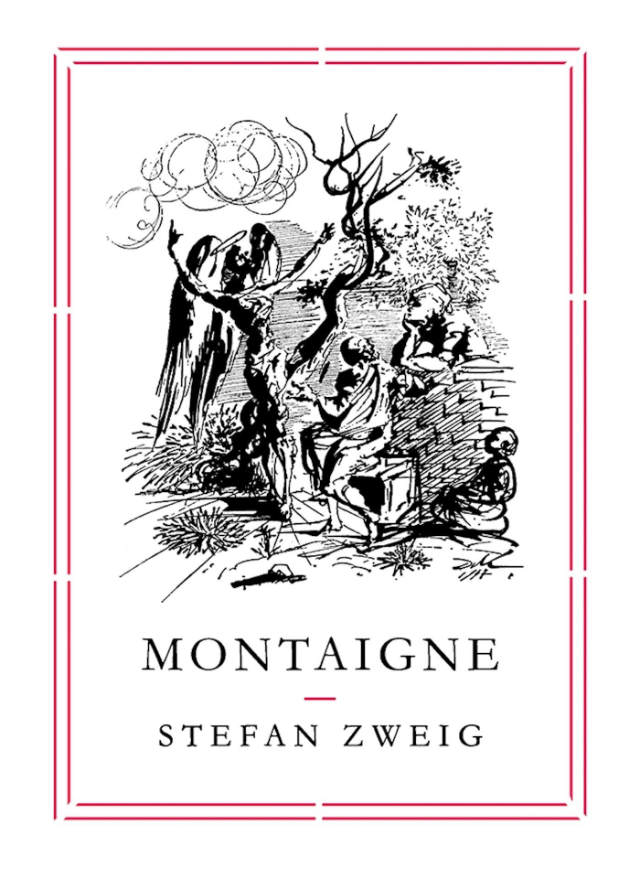
A biographical meditation
Montaigne’s lifelong interest in how to be — wholly himself and free — in a society torn apart by war resonated deeply with Austrian writer Stefan Zweig, who wrote Montaigne (Pushkin Press, 2015, 160 pages, translated by Will Stone) in 1941. The strictly biographical aspects of this book, which Zweig wrote in exile and without much to work from, is, by modern standards, less developed than those of the other books on our list. However, as a biographical meditation guided by Zweig’s interest in Montaigne’s intellectual journey and how a small aristocrat from Gascony became the philosopher he admires, it is unique and excellent.
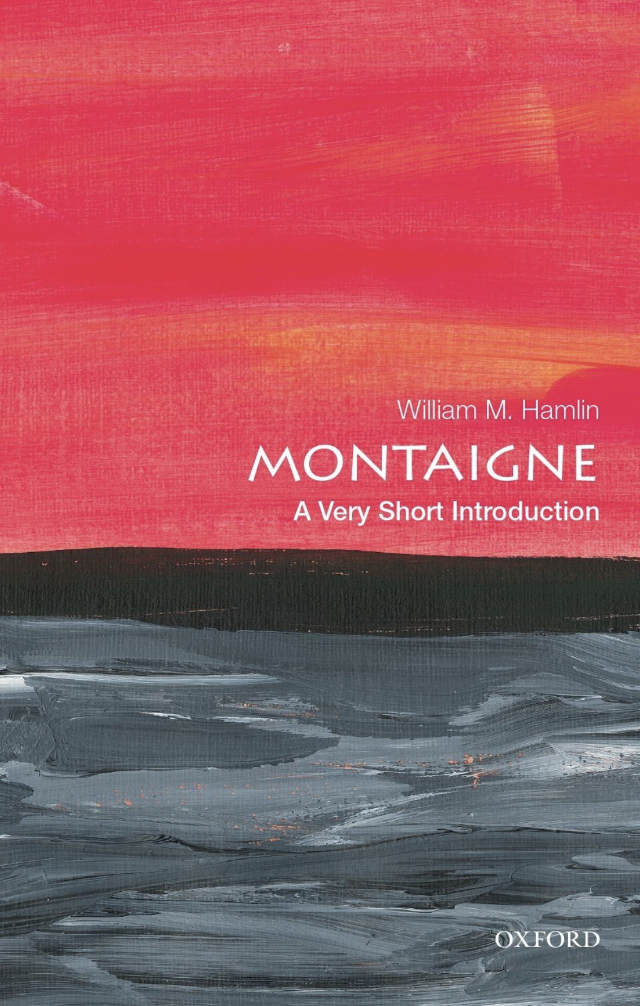
An introduction for students
Montaigne: A Very Short Introduction (Oxford University Press, 2020, 168 pages), like other books in the Very Short Introduction series, provides a formal, somewhat academic, overview of its subject. Its author, William M. Hamlin, is a professor of early modern European literature and an expert on Montaigne’s reception in the English-speaking world. Here, however, Hamlin focuses on describing the Essays and introducing its author. Of the four biographies we selected, it offers the most succinct view of Montaigne and his work, explaining the major themes of his book and summarizing the reasons for its relevance. It is a very good introductory biography, well suited for students and those less invested in immersing themselves in Montaigne’s writings.
Translations
There are two excellent, modern translations of the Essays: one by Donald M. Frame (The Complete Essays of Montaigne, Stanford University Press, 1958, 908 pages) and one by M. A. Screech (The Complete Essays, Penguin Classics, 1993, 1344 pages).
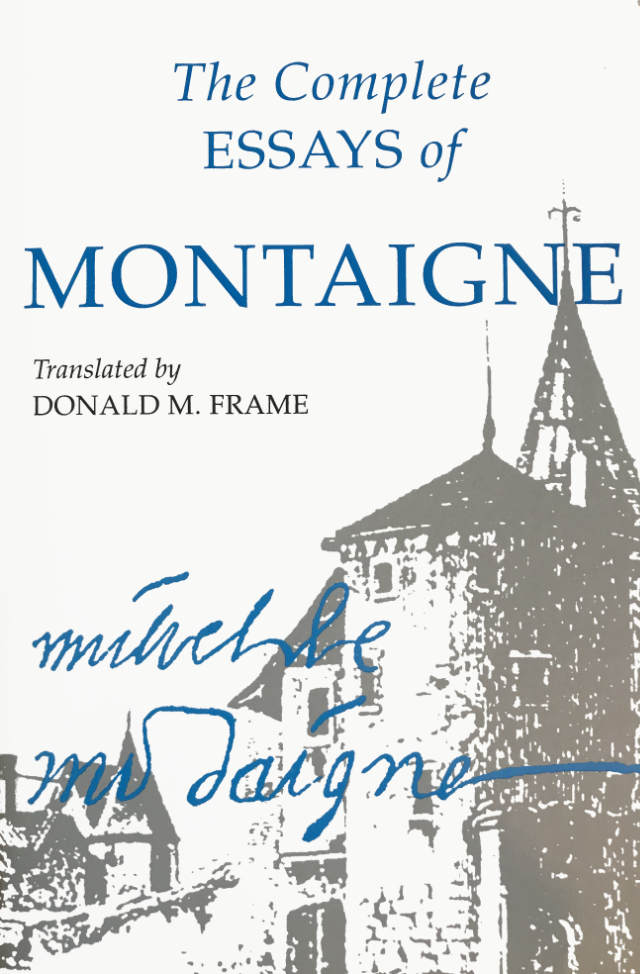
Frame completed his translation in the late 1940s, and his language is slightly more dated and formal than Screech’s, which, in a more contemporary prose, conveys well the liveliness of Montaigne’s writing style.
Screech’s Penguin Classics edition features more extensive notes than Frame’s and includes small introductory paragraphs before each chapter. Both will be helpful to readers looking for background information.
Stanford’s paperback edition is more carefully laid out and easier to read. Frame also decided to show Montaigne’s copious Latin and Greek quotations in translation only, which, though it may be a loss to some, makes for a seamless reading experience.
